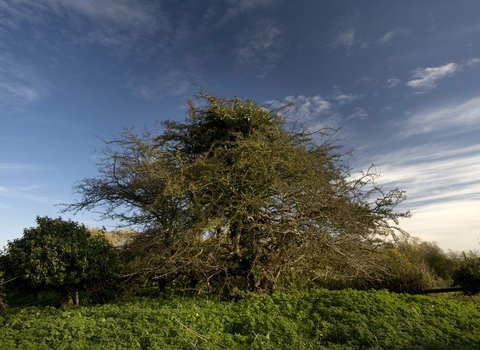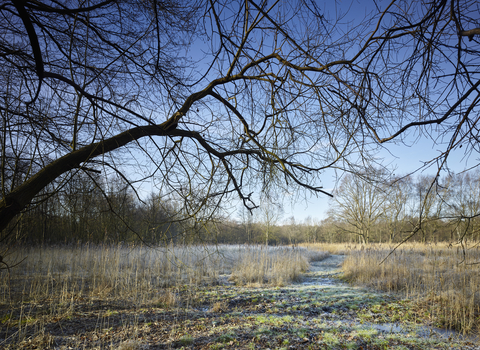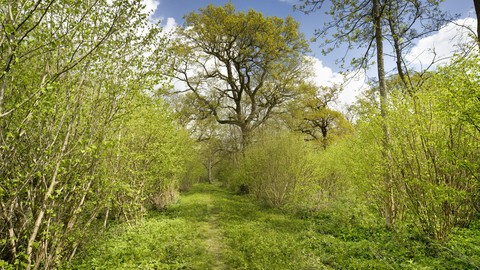
Lower Wood Ashwellthorpe (credit: Richard Osbourne)
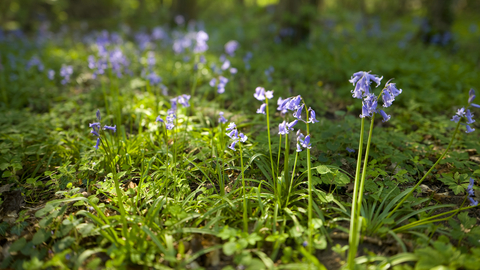
Bluebells in Lower Ashwellthorpe Wood (credit: Richard Osbourne)
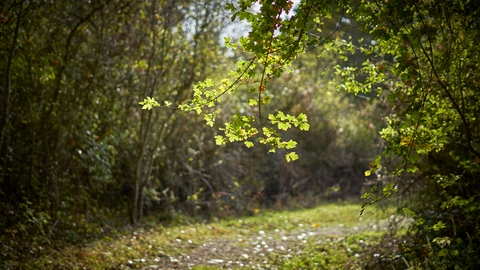
Lower Wood Ashwellthorpe (credit: Richard Osbourne)
Lower Wood, Ashwellthorpe
Location
Know before you go
Dogs
When to visit
Opening times
Dawn till dusk, every day, all year roundBest time to visit
Spring and summerAbout the reserve
Perfect for walking all year round, Lower Wood is particularly splendid in spring when a sea of bluebells fills the woodland floor, while ramson adds speckles of white with the strong aroma of garlic.
Summer is fantastic for butterflies at Lower Wood, including white admiral, and more recently, purple emperor. Tread softly and you might spot red or roe deer before they spot you.
Hundreds of species of fungi have been recorded in Lower Wood. Autumn is a great time to search the woodland floor and rotting tree stumps for these strange, fruiting bodies.
Coppicing – a traditional method of woodland management where trees are repeatedly cut back near to ground level – has encouraged the fresh growth of trees such as hazel. This annual work helps us to maintain the rich abundance of ground flora, insect life, and nest sites for woodland birds.
Habitat
Contact us
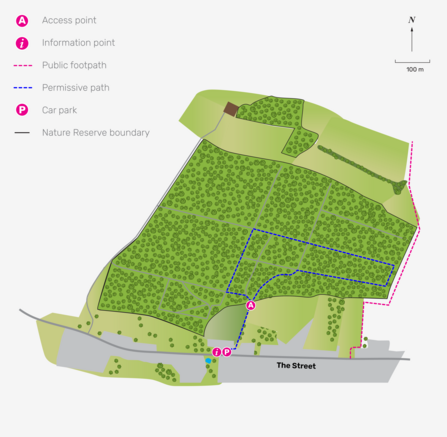
Seasonal highlights
Spring
Plants: bluebells, ramsom, early purple orchids later in the spring.
Summer
Invertebrates: purple emperor butterflies, August is the best month for white admiral butterflies.
Autumn
Fungi.
Mammals: rutting deer.

